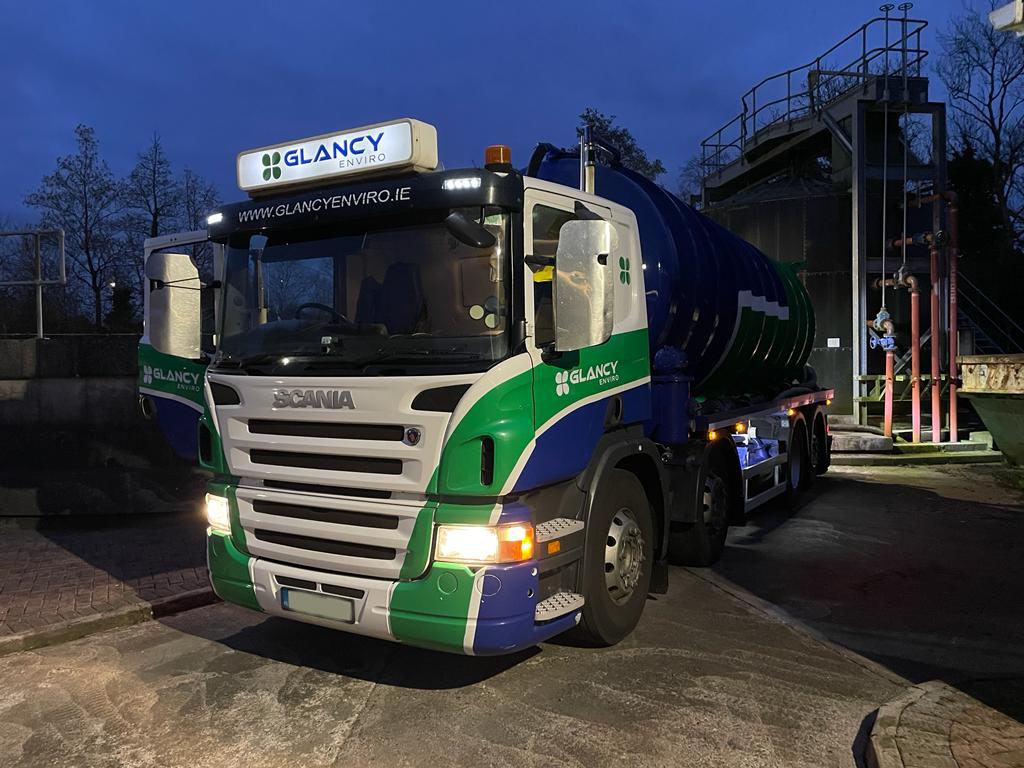Fascination About Reclaim Waste
Fascination About Reclaim Waste
Blog Article
Our Reclaim Waste Diaries
Table of ContentsGet This Report on Reclaim WasteThe Ultimate Guide To Reclaim WasteThe Ultimate Guide To Reclaim WasteThe smart Trick of Reclaim Waste That Nobody is Talking AboutRumored Buzz on Reclaim Waste
Residential sewer waste refers to the waste and products from a residential septic tank. The appropriate management and disposal of domestic sewer waste need liquid waste to be transferred to a sewer treatment plant where the proper methods and equipment are used to purify and dispose of waste.
Business waste usually consists of potential dangers, such as combustible products or a mix of liquid and solid waste items, and requires an advanced and thorough disposal process. The disposal of business waste typically involves the purification of waste before transport to make certain safe and correct disposal. Industrial waste is created from results and runoff of industrial procedures and production.
This sort of waste can not utilize the exact same sewage monitoring transport or processes as septic or industrial liquids. The industrial waste monitoring procedure calls for the assessment and testing of liquid waste before it undergoes the disposal procedure (liquid waste removal melbourne). Drainage waste is the liquid waste that comes from overflow and excess stormwater in very inhabited locations or cities
Drainage waste can trigger contamination and flooding if not handled appropriately. Find out more regarding sewer cleansing and waste monitoring. Making sure proper waste monitoring can avoid catastrophes and decrease environmental injury. Both people in residential setups and specialists in business or manufacturing markets can take advantage of understanding the procedures and policies of liquid waste administration.
Reclaim Waste Things To Know Before You Get This
Contact PROS Solutions today to discover about our waste administration and disposal solutions and the correct means to care for the liquid waste you generate.
(https://linktr.ee/leonaube33101)Do you know what takes place to your water when you end, purge the commode or drain pipes the cleaning machine? No? Well, it deserves understanding. This supposed 'wastewater' is not only a crucial resource but, after therapy, will be released to our land, rivers or the ocean. Utilized water from toilets, showers, bathrooms, cooking area sinks, washings and commercial processes is known as wastewater.

water made use of to cool down equipment or clean plant and devices). Stormwater, a kind of wastewater, is drainage that streams from agricultural and metropolitan areas such as roofings, parks, gardens, roads, courses and seamless gutters into stormwater drains, after rain. Stormwater streams without treatment straight to local creeks or rivers, ultimately getting to the ocean.
The 7-Second Trick For Reclaim Waste
In Queensland, the majority of wastewater is treated at sewage treatment plants. Wastewater is transferred from residential or commercial sites through a system of drains and pump terminals, called sewerage reticulation, to a sewer therapy plant. Regional governments construct, keep and run most sewage treatment plants. Operators are certified under the Environmental Management Act 1994 to discharge cured wastewater at an appropriate environmental criterion right into waterways.
The Department of Natural Resources recommends local federal governments about handling, operating and preserving sewage systems and treatment plants. In unsewered locations, city governments might need owners to install specific or household sewer therapy systems to deal with domestic wastewater from commodes, kitchen areas, bathrooms and washings. The Department of Natural Resources authorizes using family systems when they are proven to be reliable.
In some new class, therapy of some stormwater to get rid of clutter, sand and crushed rock has actually begun utilizing gross contaminant traps. Wastewater therapy takes place in four phases: Eliminates solid matter.
Wastewater then streams right into big containers where solids settle and are removed as sludge. Grease and residue are skimmed Discover More Here from the surface area. Utilizes small living organisms referred to as micro-organisms to damage down and get rid of staying liquified wastes and fine bits. Micro-organisms and wastes are incorporated in the sludge. Removes nitrogen and phosphorus nutrients that could cause algal blossoms in our rivers and endanger marine life.
Reclaim Waste - Truths
Nutrient removal is not readily available at all sewage therapy plants due to the fact that it needs pricey specialist tools. Clear liquid effluent created after treatment may still have disease-causing micro-organisms - liquid waste removal.

The majority of wastewater moves right into the sewage system. Under the Act, neighborhood governments provide approvals and permits for ecologically appropriate tasks (Periods) entailing wastewater releases that may have a regional influence.
Little Known Facts About Reclaim Waste.
Or else, examples are considered lab analysis. Frequently numerous tests are needed to develop the levels of each of the different toxins such as oils, heavy steels and chemicals in water. Surveillance supplies accurate info regarding water quality and can validate that licence conditions are being met. The information acquired via tracking offers the basis for making water top quality decisions.
Report this page